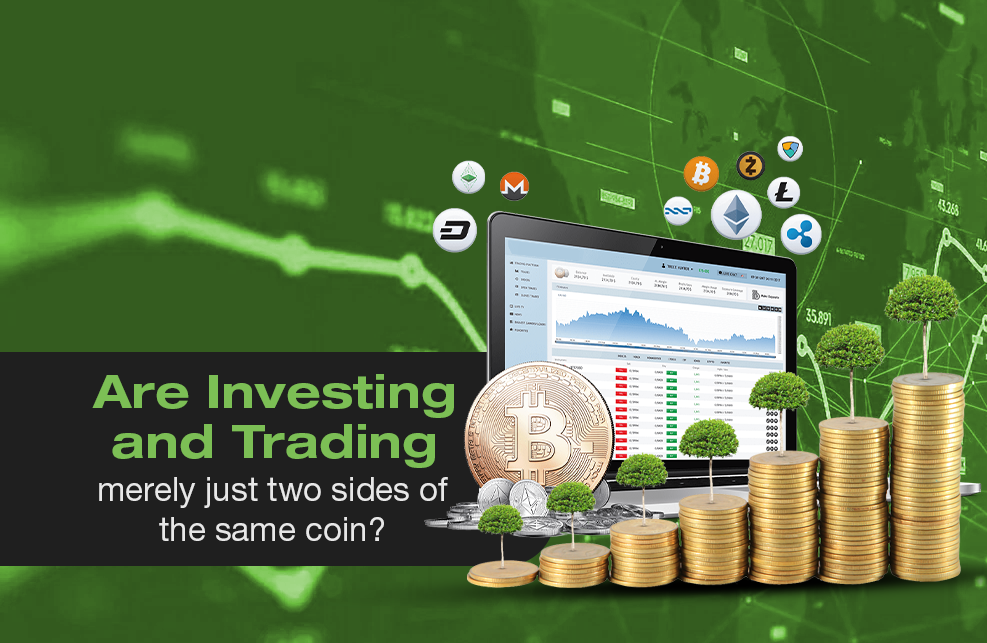Although not taught in school, Financial Management is often an emphasized and glorified skill in our character development. It’s a critical skill that can be nurtured through self-improvement and literacy about the industry and its trends. Practice plays a vital role to develop this skill. Some people choose to save on banks while others enter entrepreneurship and micro finances. But for some, they would prefer to set out in the vast and daring world of trading stocks and investments.
As you may have noticed, trading and investing are highly acknowledged by most as one of the risky yet potentially profitable ways to increase your assets. From countless movies to inspiring testimonials of celebrity investors and the like, there are numerous proofs that the stock market is booming for opportunities to improve your wealth rapidly.
…but are they really the same?
In this blog, we’ll discuss the key differences between Trading and Investing and identify their advantages as well as disadvantages.
TRADING – Short. Swift. Speedy.
To oversimplify it, Trading is the approach of obtaining quick returns through buying and selling of stocks or other securities for quick profits. Traders usually take a position in a short period of time only —minutes to hours—and sell on its highest performance within the same trading day yielding sure profit. Commonly, day and swing traders thrive on these conditions. With this kind of nature, traders often prowl on news, technical analysis, and market speculation as these factors are most influential with the sudden movement of prices in the stocks market and securities which they can take advantage of. Timing is important and securing those short and swift profits is already a win regardless of the trading principle of an individual.
However, the potential to gain profits rapidly through trading also allows the higher risk for losses. Without vigilance, the nature of higher stakes in trading can spiral down and cripple your capital.
INVESTING – Lengthy. Diverse. Extensive
Investing, on the other hand, is the approach of building diverse and high-quality financial assets—stocks, bonds, mutual or exchange-traded funds, etc.— with the calculated anticipation that these will appreciate the value in the future. Investing employs the buy and hold principle that usually demands time and prolonged position ranging from days, months to years for better returns. Compound interest and gradual appreciation are amongst the most common reason investors engage in this approach, potentially mitigating the risks. In addition, volatility of the market poses a minimal concern for investors due to diversified portfolios and sticking to it further implying the disciple in executing an investor’s trading principle/s.
Which of these two approaches is the best for you? Whatever your answer may be, in our opinion, the better route is to embrace the duality and maximize the advantages of each. You may want to segregate and allot your money between these two depending on which is for the long term and short term.

